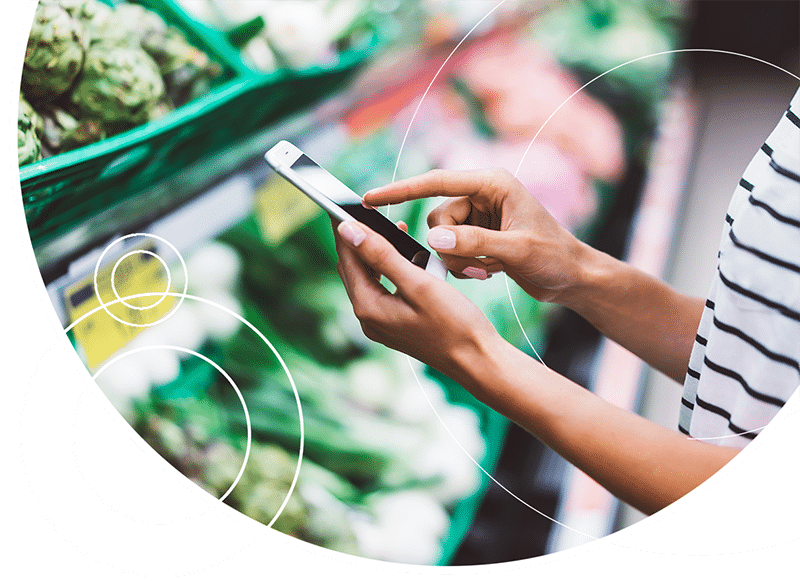For modern marketers, data is the single most important asset that exists. Beyond collateral, advertising methods, and so on, it’s the database that keeps everything moving and in perspective as a manageable and tangible system of record.
However, with that said, the database and how marketers are now segmenting data is rapidly changing: driven by an increasingly complex demand from targets and customers to be treated as individuals, the one-to-many practices of the past no longer work. Offering a group of customers a discount may reap some rewards, but nowhere near what is possible if the marketing practices focus on one-to-one offers and messaging.
Though that paradigm is fantastic in theory, the issue becomes one of manageability. Trying to keep up with manual or even semi-manual customer data analysis and segmentation without automation and platforms designed to do the heavy lifting, is borderline impossible. And as data scales (as it should) the task becomes exponentially more difficult as each minute passes. So what does a marketer do to keep pace?
First, a platform must be implemented that can achieve the desired goals. If the key goal is truly one-to-one marketing, relying on rudimentary practices of pulling POS data while trying to sort online purchase history is a road to immediate failure. Furthermore, even trying to do that through standard marketing automation systems is still a complicated exercise in Boolean logic that won’t deliver the desired results. Only when you have a system in place that does real-time capture, analysis and offers based on customer wants, needs, and desires is the revenue going to grow as it truly should.
So, what’s next? Once the platform is in place, a marketer must begin to think of customers as individuals—and not target demographics, psychographics, etc. People are people, not broad representations of a potential population. Therefore, old-school practices need to be dismissed and personalization must be at the forefront of data capture.
For instance, when new customers are introduced to a brand, what questions are they asked? And whether it’s online, in-store, or in-app, those questions to start the ball rolling are imperative to an ongoing personalized relationship. Knowing who that person is, what their personal interests are, likes, dislikes, etc., will build the foundation of data. This is the beginning of the single-user-profile.
From the initial on-boarding process, the system should take all of those criteria into account, then begin to learn the interaction behaviour of the customer. Data points such as average time of day that person shops in-store or digitally are incredibly important. After all, if the data shows that a person tends to buy at midnight online, then interacting with that person at that time in real time will absolutely make a difference.
Then, of course, there are the aspects of in-store interactions and subsequent post-in-store follow-ups. Capturing data that shows when people shop, what they buy, what personal in-store interactions either increase or decrease in-person sales, etc., helps add to the learning algorithm and, ultimately, to a better understanding of that customer as the single-user-profile becomes more and more detailed with every interaction.
The data points and segmentation can also be endless—but my advice is to start small and let the system do its job in identifying and managing the data. As single-user-profile data grows, the system will make offers based on calculations of “like” items, services, etc., as a continuous complementary state. It’s here that the offer parameters become crucial. Your data segmentation is automatically managed while continually growing; therefore, rules of engagement are what should be managed. Think of these parameters in the same way that you empower employees in-store. They are allowed to make certain judgement calls to offer XX% discounts, free shipping, free promotional items, and more.
Your system should have the same information available to make real-time decisions. For instance, going back to the early reference of a customer who shops online after midnight—the system should begin offers of discounts, bundles, free offers, and more, to add to the conversion potential. Conversely, the system should also feed that information and personalized purchase history to in-store staff in real time when geo-tracking customers as they enter a store. The system should know what offers work best, when they work best, and what items should be suggested for up-sell. This data segmentation per customer can be delivered via a mobile device to in-store staff with instructions as to what and how to make the offers.
This data also greatly empowers staff members as they no longer have to clear personal offers with managers, etc., as the system pre-approves, monitors KPIs, and continually acquires purchase data—again adding more valuable information to the customer’s single-user-profile to continue the ongoing journey.
In all, segmentation and aggregation is a combination of marketing management and system management to ensure goals are met. The key is having the system do the heavy data lifting while enabling marketing to better concentrate on the true goal of marketing—creating the opportunity for sales to do their job.

Andrew Armstrong
Chief Customer Officer
Andrew Armstrong is the Chief Customer Officer at omNovos – working globally with customers to design world-class customer engagement programs. He’s a prolific writer and speaker on topics including customer loyalty, personalization, and retail marketing technologies. Connect with him on LinkedIn or Twitter - his open approach to all topics usually leads to a fun discussion and a few laughs.

